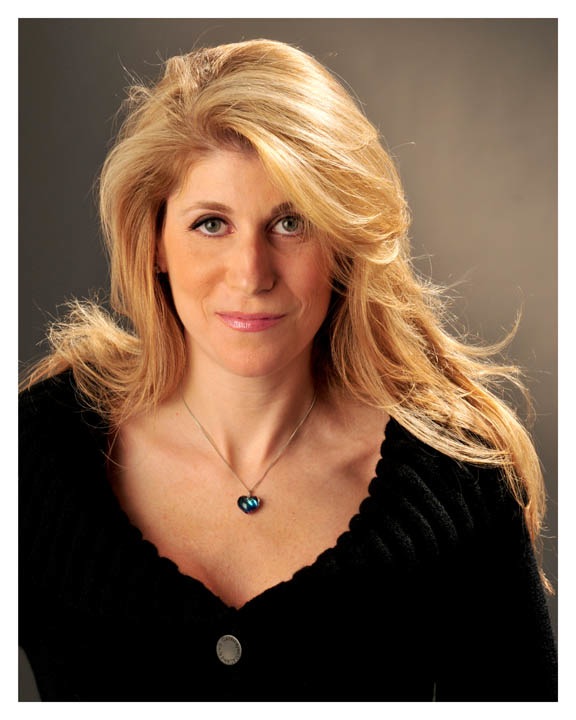What Is Eating Clean
There is a lot of interest in eating clean, but there is confusion about what that truly means. Eating clean is consuming as few unprocessed or minimally processed foods as possible. Unfortunately, some people incorporate foods that they think are healthy and trends that are considered clean, but in reality, are not. If you chose to eat healthy, and in balance, you will reduce risk of certain disease states such as diabetes, heart disease and cancer. That is not to say that choosing another plan will make you unhealthy or sick. Everyone is different and it is a personal choice. Clean eating does not mean being rigid about food choices. It is also important to note that eating clean can be more expensive, but there are ways to eat healthy and clean without breaking the bank. So, what are the dos and don’ts of true clean eating?
- Limit/eliminate processed foods. Food processing takes whole foods and by chemical or physical means turn them into processed foods. Avoid packaged, canned (if you do, rinse multiple times), and frozen meals (or look for organic) when possible.
- Eat more plants! The more whole, natural plants that we eat-not supplements or powders, the better for our bodies. I also recommend to eat plants that are local and in season. They will have a higher nutrient value. We should aim for 8-11 servings a day. If you do not have access to fresh fruits and vegetables look for frozen, with no sauces, salt or sugars added.
- Keep your grains whole. Look for 100% whole grain foods and try and avoid white, unbleached flour or white rice. Whole grains provide us with more fiber, nutrients, can assist with constipation and can reduce risk of heart disease.
- Pay attention to GMO’s. GMO’s are genetically modified organisms. If buying packaged foods, look for verified or certified GMO free. Natural foods that have the highest risk of being GMO are corn, beets, soy, wheat, tomatoes. When possible, buy organic versions of these whole foods.
- Look for safe protein sources. When possible, look for wild fish, cage free eggs and organic poultry. Incorporate plant based forms of protein such as beans, legumes, nuts, seeds and soy to reduce the animal load.
- Do not eat foods that may be trendy, but not whole or clean. Coconut oil is a huge trend, but it is still considered a saturated fat and not healthy. Agave is the same as any other sugar-it actually has a higher level of fructose, and should be limited. Cold pressed juices and gluten free products are not clean or especially healthy either. Social media or popularity do not make things healthy or clean.
- Avoid added sugar and sodium. Sugar is NOT a nutrient and therefore I do not offer recommendations for how much you can consume. The American Heart Association says women should limit added sugar to 6 teaspoons a day-24 grams (4 small squares of milk chocolate for example) and men 9 teaspoons-36 grams. It is easier to reach that in a day than you think, especially if you consume too many processed foods. Sodium should be limited to no more than 2300mg a day. That equals 1 level teaspoon a day.One tablespoon of regular soy sauce has 1000 mg of sodium! It is important to read labels and decipher their nutrient value.
What is important to remember is that there should be no judgement about how we eat. But it is beneficial to try and eat whole, unprocessed foods as frequently as we can. There is no “right” or “wrong” way to eat. We just need to find our balance.
Salmon & Asparagus with Lemon-Garlic Butter Sauce
From: EatingWell.com, February 2018
Ingredients 4 servings
- 1 pound center-cut salmon fillet, preferably wild, cut into 4 portions
- 1 pound fresh asparagus, trimmed
- ½ teaspoon salt
- ½ teaspoon ground pepper
- 3 tablespoons butter
- 1 tablespoon extra-virgin olive oil
- ½ tablespoon grated garlic
- 1 teaspoon grated lemon zest
- 1 tablespoon lemon juice
Preparation
- Prep 10 m
- Ready In 25 m
- Preheat oven to 375°F. Coat a large rimmed baking sheet with cooking spray.
- Place salmon on one side of the prepared baking sheet and asparagus on the other. Sprinkle the salmon and asparagus with salt and pepper.
- Heat butter, oil, garlic, lemon zest and lemon juice in a small skillet over medium heat until the butter is melted. Drizzle the butter mixture over the salmon and asparagus. Bake until the salmon is cooked through and the asparagus is just tender, 12 to 15 minutes.
Nutrition information
- Serving size: 1 piece salmon & about 5 spears asparagus
- Per serving: 269 calories; 16 g fat(7 g sat); 2 g fiber; 6 g carbohydrates; 25 g protein; 73 mcg folate; 76 mg cholesterol; 2 g sugars; 0 g added sugars; 1,289 IU vitamin A; 10 mg vitamin C; 79 mg calcium; 3 mg iron; 351 mg sodium; 667 mg potassium
- Nutrition Bonus: Vitamin A (26% daily value)
- Carbohydrate Servings: ½
- Exchanges: 3½ lean protein, 2½ fat, 1 vegetable




